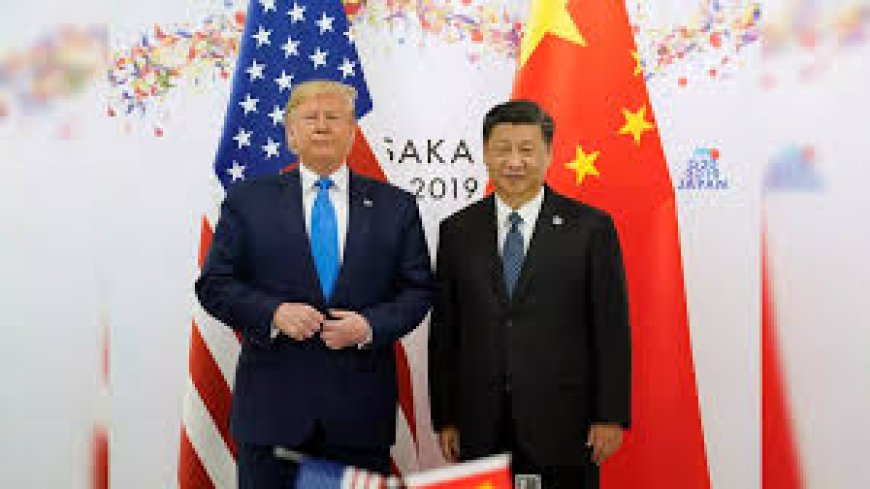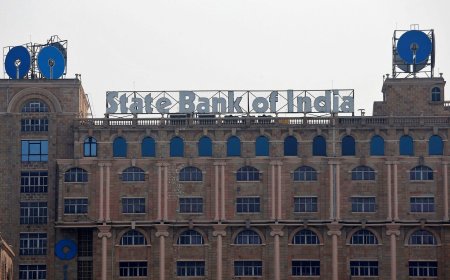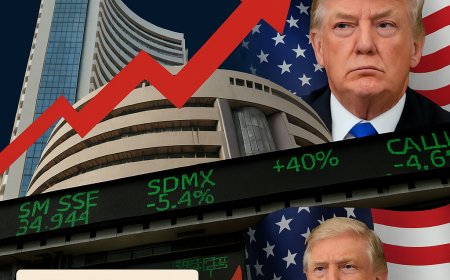Europe’s balancing act: Trapped between Trump’s tariffs and China’s dominance
As Trump revives tariffs and China tightens its global grip, Europe faces mounting pressure to secure economic sovereignty. Can the EU navigate this complex global chessboard?

Europe’s Geopolitical Dilemma: Walking a Tightrope Between Washington and Beijing
As the 2024 U.S. elections usher in a new wave of uncertainty, Europe finds itself delicately positioned between two economic superpowers—an increasingly protectionist United States under Donald Trump’s renewed leadership, and a dominant, state-backed China rapidly expanding its global footprint. The European Union (EU), traditionally a strong advocate for multilateralism and open markets, is now facing heightened pressure to recalibrate its economic and strategic priorities amidst this growing polarization.
The Trump Tariff Threat Returns
Former President Donald Trump, now in his second term, has swiftly revived a suite of trade policies reminiscent of his earlier "America First" agenda. Chief among these is the threat of imposing sweeping tariffs on European goods, including automobiles, steel, and agricultural products. Trump's team has argued that these measures are intended to close the U.S. trade deficit and revive domestic manufacturing, but for Europe, they signal a breakdown of trust between longstanding allies.
“Tariffs on EU cars and goods could cost European exporters tens of billions of euros annually,” says Peter Rydell, Senior Trade Analyst at the Centre for European Policy Studies. “This could provoke retaliatory tariffs and trigger a tit-for-tat spiral, eroding transatlantic trade relations.”
China: A Growing Economic Power and Strategic Competitor
While tensions with the U.S. mount, China’s dominance in global supply chains—particularly in green technology, rare earths, and electric vehicles—continues to challenge Europe’s economic autonomy. Despite geopolitical concerns over human rights, state subsidies, and national security, European companies remain deeply intertwined with the Chinese economy.
Recent data from Eurostat shows that China has surpassed the U.S. as the EU’s largest trading partner in goods, with total trade exceeding €850 billion in 2024. European automakers, luxury brands, and tech firms rely heavily on Chinese consumers and manufacturing hubs.
“China is not just a market anymore; it’s a strategic competitor that influences pricing, innovation, and regulatory norms,” explains Dr. Claudia Weisz, Asia-Europe Economic Affairs Professor at Humboldt University. “Europe cannot afford to decouple, but the dependency must be managed.”
A Shifting EU Trade Strategy
Caught in this pincer of protectionism and dominance, the European Commission has begun overhauling its trade and industrial strategy. In recent months, Brussels has pushed forward with:
-
The Anti-Coercion Instrument (ACI): Designed to deter economic bullying by both the U.S. and China through retaliatory trade measures.
-
The Critical Raw Materials Act: An attempt to reduce reliance on Chinese minerals by diversifying supply chains.
-
Strategic Trade Agreements: Accelerated deals with India, Mercosur, and Indo-Pacific nations to hedge dependency risks.
“These tools are part of the EU’s evolving doctrine of ‘open strategic autonomy,’” notes Maria Demetriou, Senior Economist at BNP Paribas. “It’s a shift away from naïve liberalism towards a more pragmatic, resilient model.”
Impact on European Industries
Industries most exposed to Trump’s tariffs include Germany’s auto sector, France’s agriculture, and Italy’s luxury goods. On the other hand, green energy, advanced manufacturing, and defense are areas where the EU sees potential for reducing reliance on external actors.
Volkswagen, for example, has announced a €4 billion investment in battery plants across Europe, seeking to avoid future supply disruptions and U.S. trade penalties. Meanwhile, Airbus has deepened partnerships with Japan and India for aircraft components.
“European firms are adapting quickly,” says Sandra Keller, Chief Strategy Officer at the European Business Association. “But profitability is under pressure due to rising input costs and the need to reconfigure supply chains.”
Market Context and Currency Volatility
Markets have reacted with caution. The euro has experienced heightened volatility against the dollar and yuan, reflecting investor concerns about Europe’s exposure to external shocks. The Euro Stoxx 50 index has remained largely range-bound in 2025, weighed down by trade uncertainties and energy costs.
Goldman Sachs recently downgraded its EU growth forecast from 1.6% to 1.2%, citing “escalating geopolitical headwinds and export risks.” Meanwhile, sovereign bond spreads in southern Europe have widened, as fiscal buffers come under strain.
Investor Outlook: Diversification and Defensive Plays
For investors, the key lies in navigating volatility with a focus on resilient sectors. Defensive stocks—such as utilities, pharmaceuticals, and telecoms—are favored. Green tech, digital infrastructure, and defense are also gaining investor interest, buoyed by EU policy support.
“Investors should look beyond traditional manufacturing and export-led plays,” advises Jean-Luc Moreau, Portfolio Manager at Crédit Agricole. “Europe’s transition to energy security and digital sovereignty offers long-term opportunities.”
Emerging European ETFs, sustainability-linked bonds, and cross-border e-commerce platforms are seeing inflows as part of this reallocation strategy.
The Cost of Strategic Ambiguity
Europe’s balancing act reflects the broader challenge of surviving in a fragmented global order. As Washington veers toward protectionism and Beijing asserts dominance, the EU must steer a path that safeguards its interests without alienating either side.
This may involve uncomfortable compromises—facing Trump’s tariffs with restraint or countering China’s dominance with bold regulatory moves. But the stakes are high, not only for trade and investment but for Europe’s very identity as a global standard-bearer for openness, democracy, and multilateralism.
What's Your Reaction?
 Like
0
Like
0
 Dislike
0
Dislike
0
 Love
0
Love
0
 Funny
0
Funny
0
 Angry
0
Angry
0
 Sad
0
Sad
0
 Wow
0
Wow
0












































































